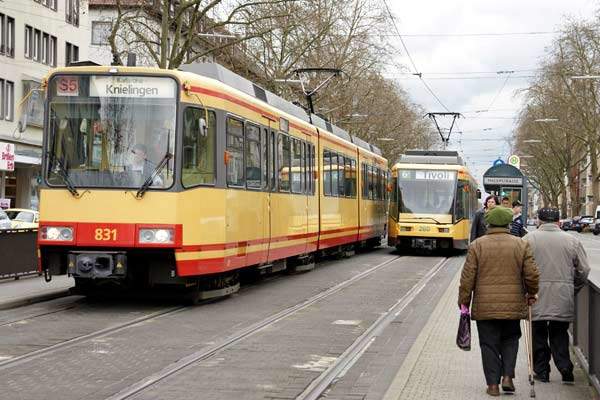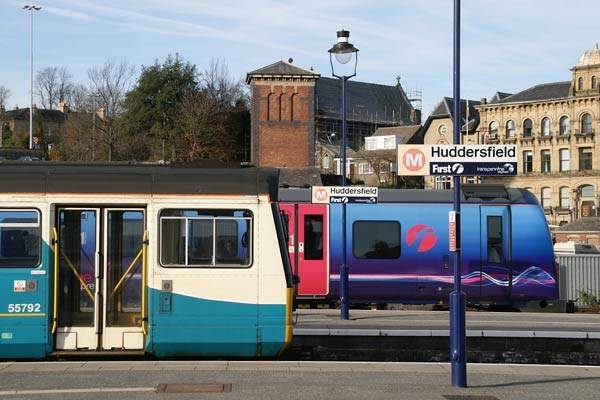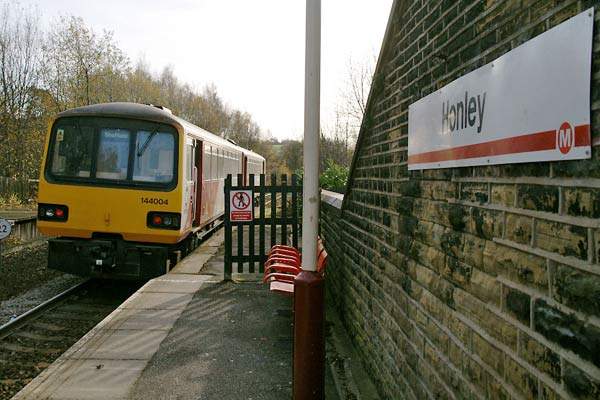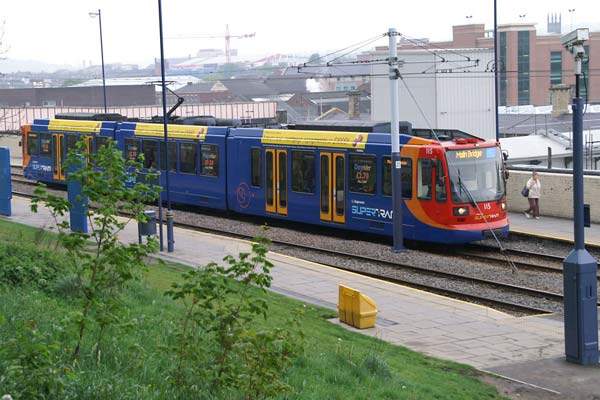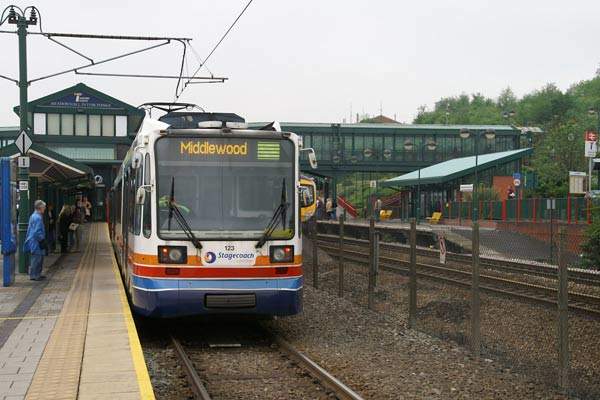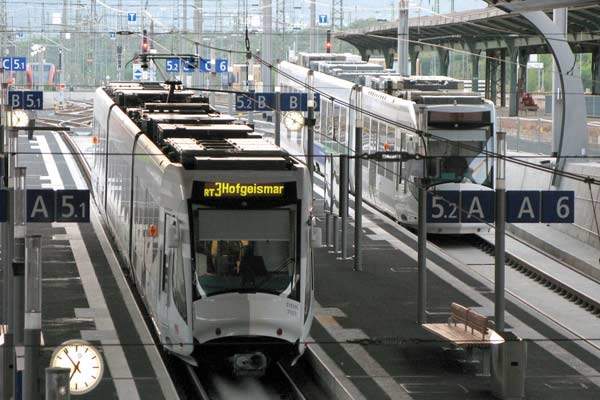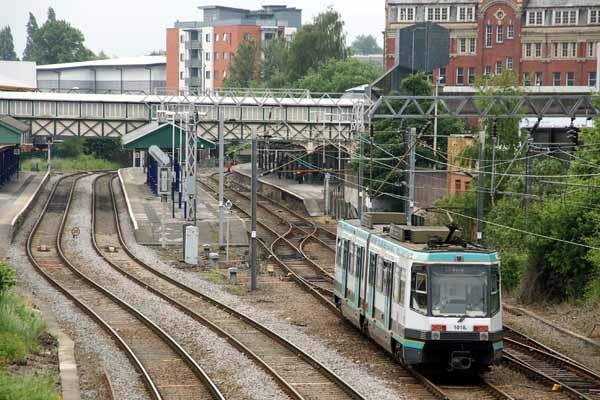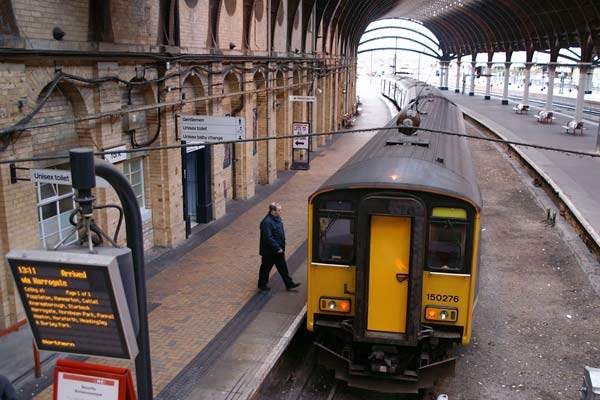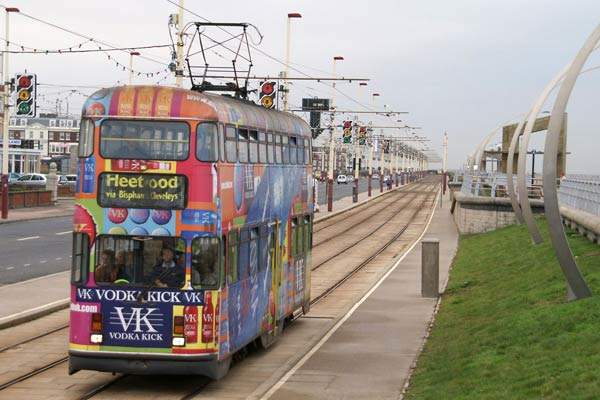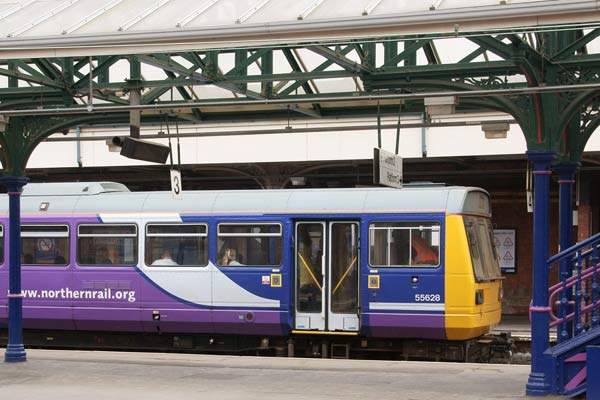The tram-train is a format that has been gathering momentum since being pioneered in Karlsruhe in south-west Germany. This first and largest scheme for through-running between a heavy rail infrastructure and an urban tram system began in September 1992.
Presuming the availability of vehicles that can safely operate over different systems, the main premise of train-train operation as defined at Karlsruhe is removing the need for passengers to transfer between the two networks to complete their journey.
By reducing peak loads at interchange stations and creating a more attractive service for the public, tram-trains can give better usage of the respective infrastructures.
The format has also been adopted with various permutations elsewhere, as in Nordhausen and Kassel in Germany which introduced diesel and electric hybrid vehicles. Used on the 25kV ac self-contained T4 light rail line in Paris, the Siemens Avanto is due to work proper tram-train two-voltage operations into Mulhouse in south-east France.
In the Netherlands, the two-system Alstom Regio Citadis has been deployed to integrate RandstadRail with Den Haag’s tramway.
Although now self-contained with a common power supply and no longer part of the mainline network, the UK’s Manchester Metrolink has the tram-train characteristic of using both railway and tramway infrastructure.
THE PROJECT
On 18 March 2008 the UK Department for Transport (DfT) announced that tram-train vehicles would be operated on a trial basis over the Huddersfield-Penistone-Barnsley-Sheffield route (‘the Penistone line’), mostly in the county of South Yorkshire.
The project is represented by the DfT as looking at the environmental benefits, operating costs and technical suitability of tram-trains, a lighter type of train than those until now used in the UK. It is also to test the popularity of the trains with passengers on this line which has an active Community Rail Partnership that has played a key role in promoting rail services to the communities served.
The implementation of the trial will be a partnership between the DfT, infrastructure body Network Rail and franchised train operator Northern Rail. Rail services are within areas served by the West Yorkshire and South Yorkshire Passenger Transport Executives.
INFRASTRUCTURE
At 37 miles (59.5km) long, with 1,435mm gauge, non-electrified and with many singe-track sections, the Penistone line has a mix of urban and rural surroundings. Used by 1.2 million passengers each year, there are 17 stations, many being unstaffed halts.
The DfT’s publised rationale for choosing this line is that it combines passenger-only and mixed passenger/freight sections. Under the project, Network Rail is due to spend £15m on track improvements and station alterations, with the DfT contributing £9m to the trial.
Official UK interest in tram-trains has been welcomed in the industry, although the choice of the Penistone Line has attracted some criticism, mainly for its appropriateness in terms of representing the market, or exploiting the capability and rationale of the format.
Alternative locations have included York-Leeds via Harrogate, previously expected to be the first UK application. Mixing diesel working with the electric tramway, Preston-Blackpool-Fleetwood would require a new connection to near Blackpool Airport.
Largely formed from heavy rail infrastructure, Manchester Metrolink has been represented as a strong candidate. It provides the opportunity of running Chester line services through central Manchester by switching between diesel and electric supply at Altrincham station, where a connection between systems could be installed relatively cheaply.
ROLLING STOCK
As no such vehicles exist in the UK and tram-trains to date have primarily been for mainland European systems with bigger loading gauges, this will require a new design. Northern Rail has invited bids for the supply (for lease) of five diesel and electric hybrid units under a design, build and maintain contract, with the option of maintenance being sub-contracted.
Without two-system running being inherent in the main project, the scheme appears to be closely linked to creating a new generation of lightweight rolling stock with better efficiency than present types. It will also offer shorter journey times due to superior acceleration and braking capabilities. The main suppliers of tram-trains to the European market have been Alstom, Siemens and Stadler.
The new trains will take over Penistone line services which are mainly worked by ‘Pacer’ Classes 142 or 144. Pacers are in service in several UK areas, but are widely viewed as inappropriate to modern needs.
If the new vehicles were to prove successful in terms of running costs, environmental aspects, customer response and track wear, it seems likely that Pacers would be prime replacement candidates. In spite of the association with low-density routes (the Penistone Line was once scheduled for closure), the fleet is deployed on heavily used routes such as around Leeds, Bristol and in the Tyne and Wear conurbation.
SIGNALLING AND COMMUNICATIONS
Running over Network Rail infrastructure will require compatibility with mainline systems. It is not known which tramway-related equipment will be installed, although the Sheffield Supertram network is cited in a potential second phase of the trial. The Penistone line service pattern of one service per hour in each direction is likely to be maintained.
THE FUTURE
The two-year trial is due to start in 2010. An optional second phase would test the vehicles over the Sheffield Supertram system to assess benefits if the vehicles were extended onto tramways. In spite of the proximity of the Penistone line with Supertram at Meadowhall Interchange and also at the mainline Sheffield station, a connection at either point would be expensive to create and currently is not part of this project.
Although the trial appears more related to vehicle assessment than multi-system operation, UK supporters of the tram-train format hope the project may reinvigorate the case for light rail, with the prospect of seamless journeys around major cities.

